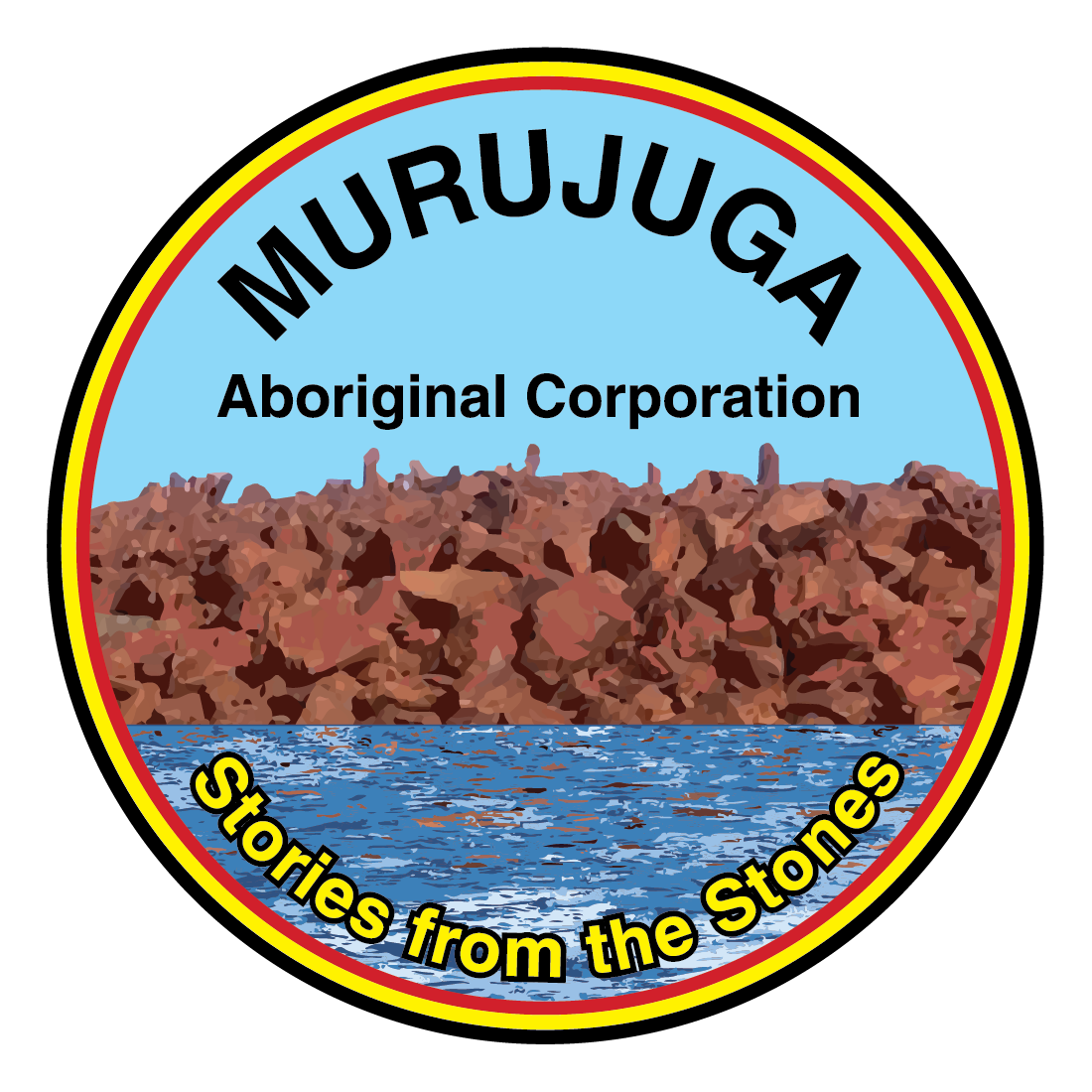
A northern quoll (Image: Harry Moore, DBCA)
Recent sightings of the northern quoll in Murujuga National Park have raised hopes that a
population of the endangered species may be living in the Park.
Called ‘marrjurru’ in the Ngarluma language, the northern quoll is a small omnivorous
marsupial with a pointy snout, reddish-brown fur with white spots on its back, a cream
underside and a long tail. Weighing between 300g-1kilogram as adults, they are nocturnal
and generally eat insects as well as small mammals, reptiles, birds, carrion and fruit.
Populations of marrjurru are known to exist across northern Australia, including on Dolphin
Island in the Dampier Archipelago, yet it is uncertain how many live in Murujuga National Park, on the mainland.
Murujuga is famed for its ancient rock art engravings, which include depictions of quolls, and
other animals and aspects of Aboriginal Lore.
Murujuga National Park is jointly managed by Rangers from Murujuga Aboriginal
Corporation (MAC) and the WA Department of Biodiversity, Conservation and Attractions.
In March 2022, MAC Ranger Richard Variakojis was looking for reptiles one evening when
he spotted a quoll crossing a road.
Twelve days later, at a different location in the Park five kilometres from the first sighting, he
saw another quoll.
“A quoll could easily travel that distance in 12 days so it could have been the same one,” Mr
Variakojis said.
The sightings prompted MAC and DBCA to set up motion cameras at various locations in
the National Park – leading to just one quoll recorded, one night in July, near Nganjarli, a
rock art viewing area.
Later the same month, a DBCA Senior Ranger spotted quoll footprints at Watering Cove,
5km from Nganjarli, and then in three other locations in the National Park between October
and November. Mr Variakojis also recorded quoll tracks at two other locations in the Park
during the year.
MAC and DBCA agree that this isn’t enough data to prove that a permanent population of
quolls is established in the National Park, especially as marrjurru have a short life span and
can roam widely. However, they remain hopeful.
In the meantime, Mr Variakojis hopes this story will help raise awareness about Murujuga’s
wildlife.
“We just haven’t got the data to the ascertain the population in the National Park,
unfortunately,” Mr Variakojis said.
“Northern quolls are listed as endangered under Federal and State legislation.
“Feral cats and domestic cats are among the threats to them.
“Keeping our pet cats inside and ensuring our pets stay away from the National Park is safer
for them and for wildlife.”

A camera trap image of a northern quoll in Murujuga National Park in July 2022 (Image: Harry Moore, DBCA)

Quoll footprints in Murujuga National Park (Image: Richard Variakojis, MAC)

Petroglyph thought to be a quoll, Nganjarli, Murjuuga National Park (Image: MAC)
For more information, email communications@murujuga.org.au.
